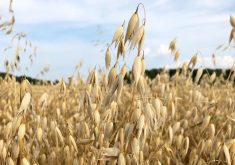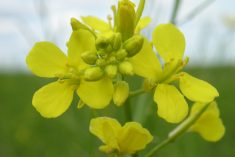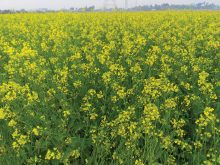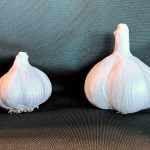There are many ways to use mustard. Smear it on rink burgers and hot dogs. Grind it. Use it in flour. Add it to tuna casserole.
“We took it one step further when we looked at mustard components,” says Carol Ann Patterson. “Protein, the oil, the bran itself or the dietary fibre and fibre. Where it could go and what research had been done on those particular components moving forward.”
Patterson is the owner of The Pathfinders Research and Management. Sask Mustard contracted her to review the existing science on mustard components and identify research gaps. The end goal is to find new markets for mustard components.
Read Also
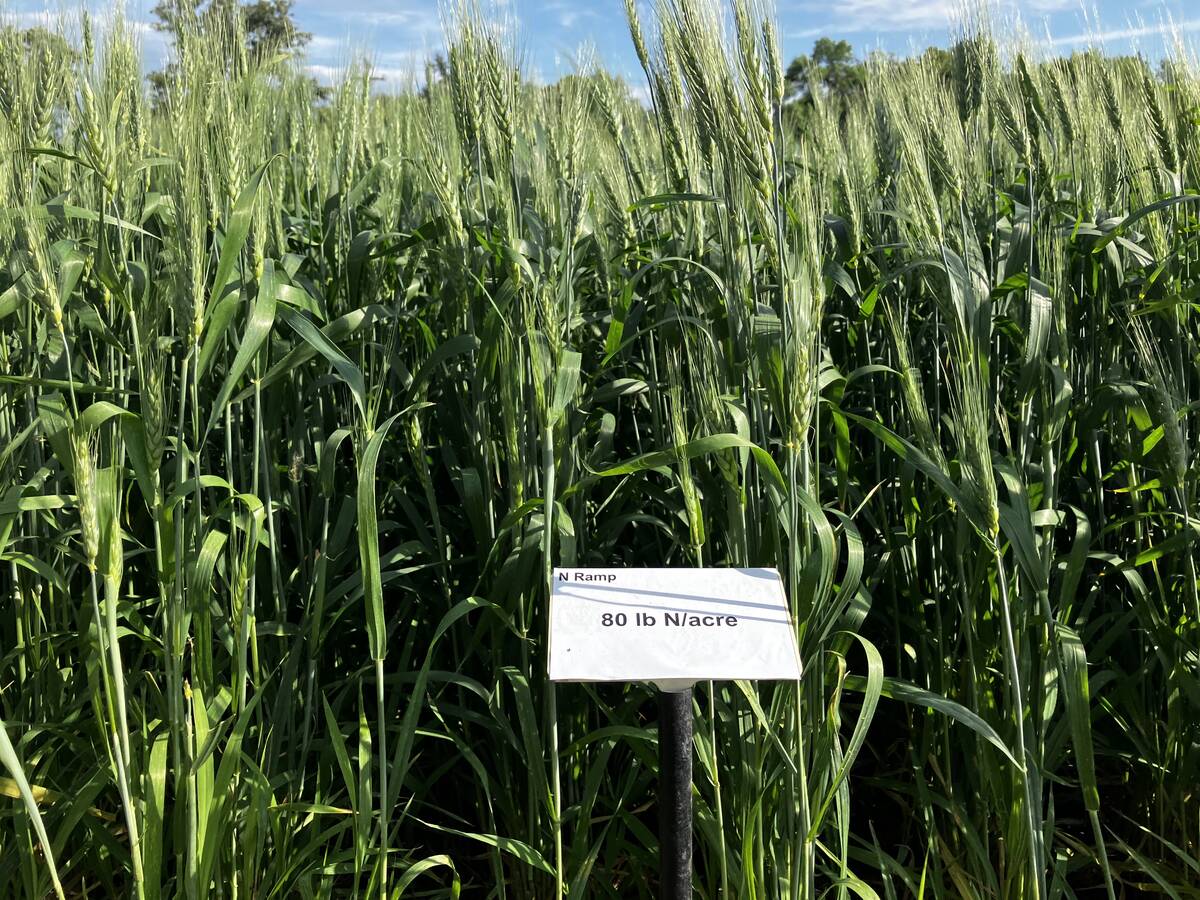
Ramp up your nitrogen efficiency in winter cereals
Nitrogen ramps are a tool to help farmers hone their fertilizer rate for the best, most cost-efficient winter wheat or fall rye crop.
“Definitely there’s opportunity, but it’s a road to an opportunity,” Patterson told media after her presentation at the Sask Mustard annual general meeting. To get the product to market, farmers, industry, and researchers will have to work together, she added.
Patterson identified a few potential opportunities for mustard. One was bio-actives, which are “chemicals that have some antimicrobial activity.”
These antimicrobials might be used in processed food such as fermented sausage, dry cured ham, or meat patties to control pathogens.
Using mustard protein in the food ingredient market, or using mustard bran as dietary fibre are other potential opportunities Patterson has identified.




